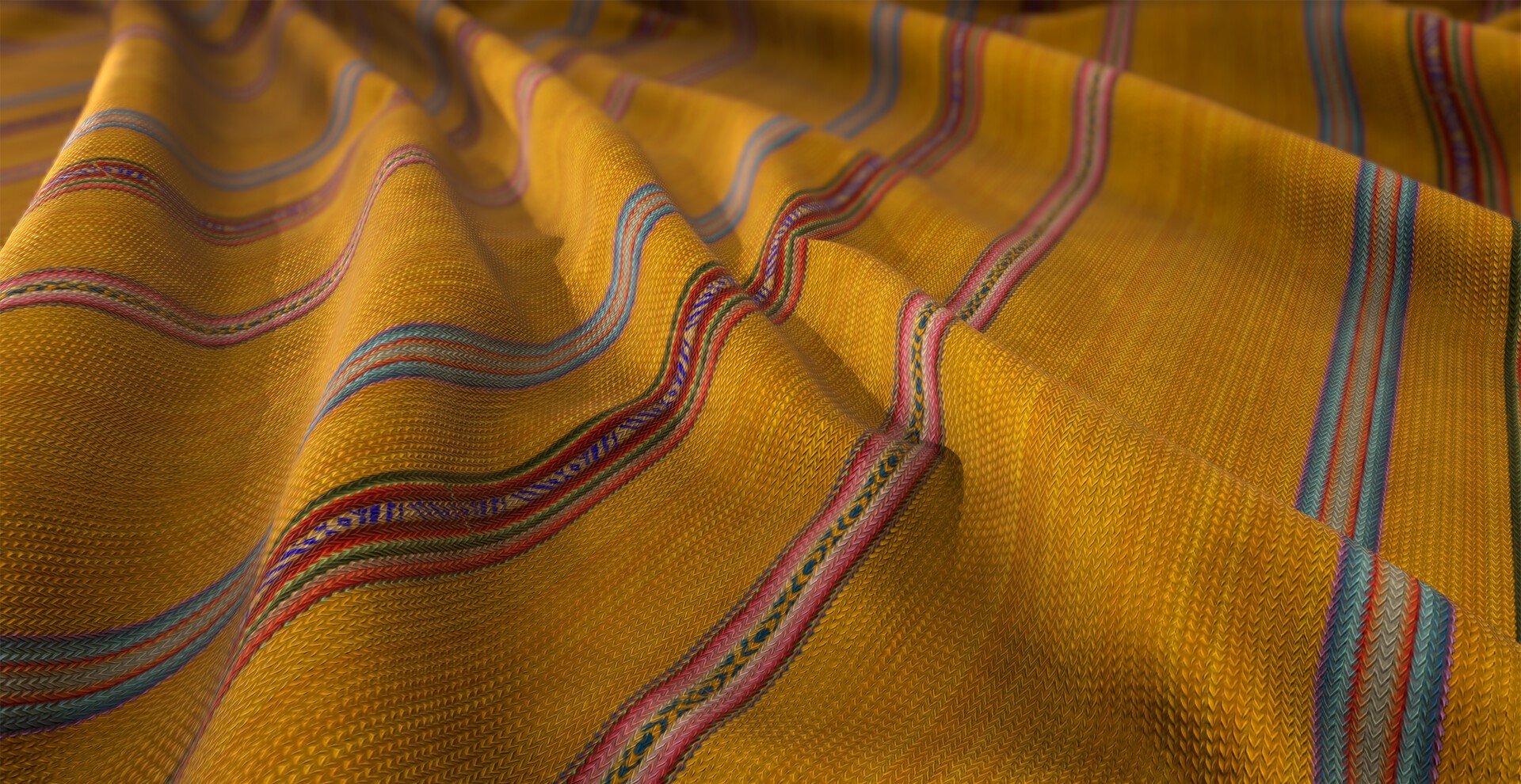Honey People
by hughpierre
Culture
Culture and cultural heritage
Astronomy
The temples and houses are built with an east–west orientation; aligning with the rise and set of the Sun, Moon and Yellow Star.Sports
Certain sports are part of many of their rituals, such as the popular turmequé throwing game and matches of wrestling in honey. The winners received finely woven cotton blankets from Manka and become qualified as a guecha warrior.Shared customary codes and values
Honey Collecting
Only those of us who are strong, brave and fit should go up thereHoney hunters descend towering cliffs on man made ladders to harvest enchanted honey nestled under jagged overhangings. It is dangerous work, but obtaining honey is so central to the people in the third quadrant and it is impossible to separate their association. Going through these labours to achieve rich rewards became the basis for their work ethic.
Average technological level
Honey Treatments
People of the third quadrant regularly trade honey to Gaioor, Cloud Country and Soonous in far off lands. As a result, they bare greater treat than any other of contracting foreign diseases. Fortunately, they harvest honey in excess. Honey is the most effective, and often only, cure for a number of ills. It is prized as a thing worthy of worship. Recipes for salves and other treatments use the rare but nearby honey varients as bases for dealing with ulcers, jaundices, vomitings and stresses.Common Dress code
Ruana
The ruana is a poncho-style robe or blanket. Honey women being capable weavers of cloth, feathers and baskets pattern honeycombs, spirals and other inter-locking forms onto their works. They use cotton and wool with a mixing human hair to obtain certain textures and qualities in the fabrics. These fabrics are then decorated by painting or embossing them with large dimensions.Art & Architecture
Bohíos
Their common houses are built with clay, canes and wood in a conical form; organised around a central market square with the chief's house at the center. They have small doors and windows with little furniture, as they would typically sit on the floor.Common Customs, traditions and rituals
Golden Ceremony
The inauguration of the new Zipa entails the nephew of the previous to be covered in gold dust, only then to bath it away in little lake as an offering to the moon goddess. Other gold artifacts were also thrown into the lake as part of the ceremony.Funerary and Memorial customs
Honey Burial
This is a candy making tradition among the honey people that cannibalizes their elderly to turn them into various consumable medicine. It is considered, not only an obligation, but an honour to sacrifice oneself for their children and grandchildren to live healthier lives.Common Myths and Legends
The tales describe an event that caused tremendous heat to overtake the tops of mountains and bake several stone structures into glass.
Multiple comet fragments entered the world and burst in the air, sometime before the millennium of mud, that plunged everything into a period of deep cold and darkness and lasted for 115 pachas.
Ideals
Relationship Ideals
Honey Spouse
Married couples are afforded only one honey husband or honey wife as extra-marital partners with whom they can share liasons without cultural disgrace. There is an additional condition for married women with honey husbands and honey wives for other married men to take every precaution against birthing a child outside their real marriage. This can include:- publicly announcing the intent to have a child
- postponing rendezvous during sensitive times
- a rare few resume while into heavy pregnancy
Major organizations
Third Quadrant
The people of the third quadrant are grouped into three loose confederations of tribes ruled by the Zipa, the Zaque and the Iraca. Most of the tribes are part of the same ethnic group, sharing the same language, culture and forming relations through trade. They have historically united in the face of a common enemy under the combined leadership of the Zipa or the Zaque. The desert confederation, headed by the Zipa, has its capital at Kamachina. This western polity includes the majority of the population and holds the greater economic power.
Related Organizations
Related Myths
Related Locations
| STR | (Choose the lowest roll as modifier) |
|---|---|
| CON | |
| DEX | |
| INT | |
| WIS | |
| CHA | |
| Armour | 2d6 |
| HP | 3d6+6 ([min+max]/2) |
| Speed | 2d10+10 ft |




Comments